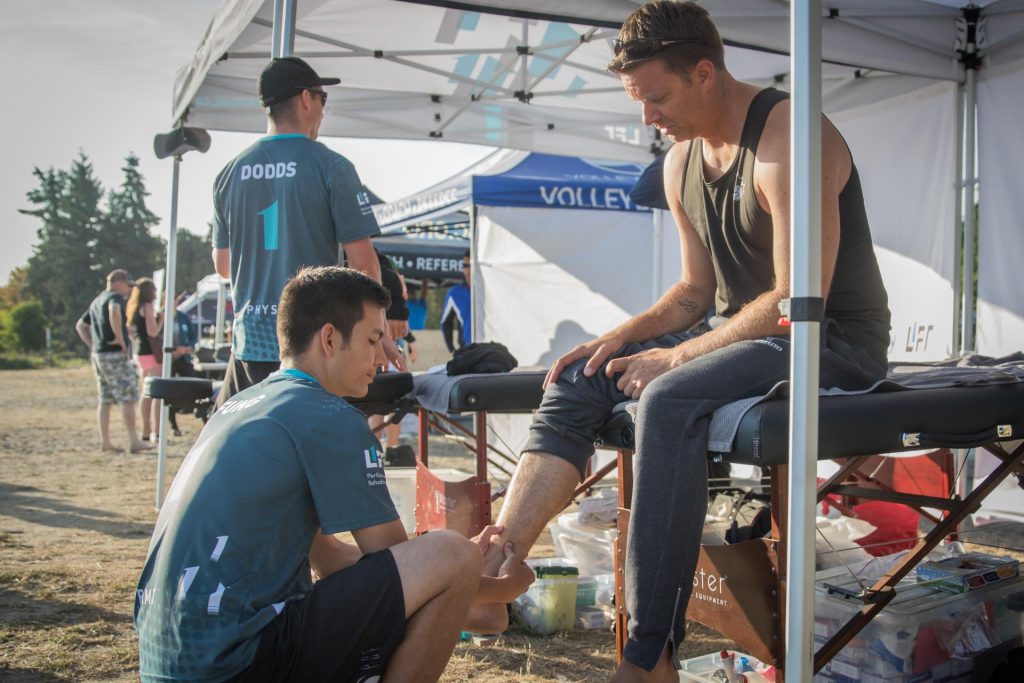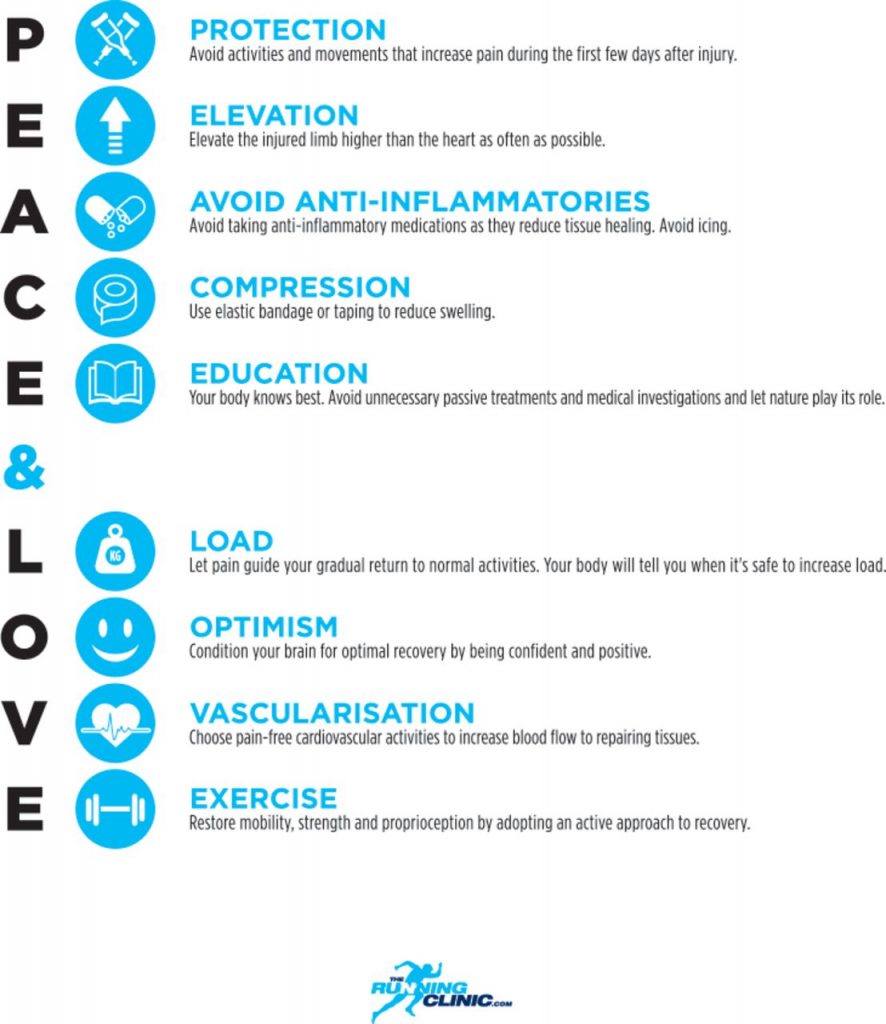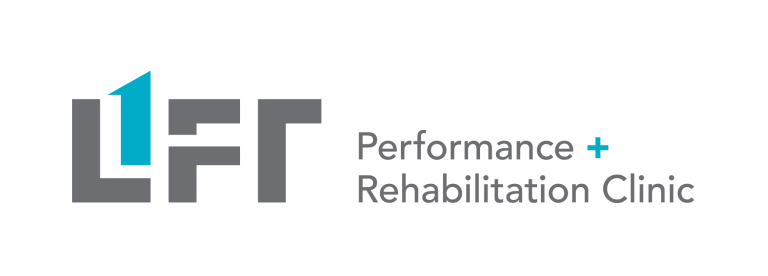All it takes is one moment for things to go wrong and then you’re stuck with a sprain or strain holding you back from doing what you love.
Your foot twisting the wrong way. A ball colliding with your finger tip. That last rep being one rep too many. A sudden change of direction leading to a pop in your knee.
Hey, these things happen and accidents are part of life, but with a little bit of TLC (tender, loving care) you can promote a speedy recovery and return to full function.
Read on to find out what you can do to be proactive about your injury and get yourself on the fast-track to your 100%!
What is a Sprain? What is a Strain?
Have you heard these terms but never quite understood what they meant? Don’t worry, you’re not alone.
Strains and sprains both describe overstretching or in worse cases, tearing of the soft tissues that surround a joint.
A sprain is damage to your ligament, a band of tissue that connects bone to bone at a joint.
A strain is damage to your muscle or its tendon (a thick band of tissue connecting muscle to bone).
Symptoms that strains and sprains have in common:
- tenderness, pain, swelling
- limited range or motion
- decreased strength or muscles surrounding the affected area
Differences in symptoms: sprains may not produce pain when the muscle is contracted; but strains usually do (unless the muscle is completely torn).
Many times, sprains and strains come together – like in the example of a lateral ankle sprain, it’s common to also have some injury and spasm affecting the fibularis muscle group.
Our clinicians have been trained to use a range of assessment techniques to figure out what exact structure(s) in your body is/are affected. From there, they can determine the best course of treatment to reduce pain and restore your strength and range of motion.

What can cause a strain or sprain?
Soft tissue injuries like these can happen suddenly (known as an acute injury). Falls, collisions, or lifting something too heavy are a few ways acute injuries can happen.
Chronic injuries build up over time and can stick around for even longer. You can end up with a chronic injury by overstressing the same structures in your body over and over again. Believe it or not, having poor sitting, standing, or even sleeping posture can lead to chronic strains and sprains too.
Many times, chronic injuries are due to limitations in movement from nearby areas – for example a chronic rotator cuff strain due to limited mobility in the upper neck, or mid-back. The limited mobility in the neck and back cause altered shoulder blade mechanics, and also agitate the nerves that control the rotator cuff. Fixing the root cause of chronic injuries is key to overcoming them, rather than just addressing the local symptoms.
If you come into Lift Clinic with what you thing might be a strain or strain, our practitioners will assess you head-to-toe to identify what structures are affected, while also looking into what other issues may have led to this injury.
How do I care for my strain or sprain?
You’ve suffered an injury. What now? All you need is a little bit of PEACE and LOVE.
Chances are you’ve heard some say apply ice, some say apply heat, some say start to mobilize right away, and some say to completely immobilize the affected area. Lots of advice out there is conflicting (especially on the internet) and a lot of times the research is too.
You’ve probably heard of ICE, followed by RICE, PRICE, and POLICE. Have you ever heard of PEACE and LOVE [1]? Here’s the latest advice on soft tissue management:

First you’ve got PEACE, which applies 1-3 days after an acute soft tissue injury.
- Protection: avoiding aggravating movements right after an injury is important, but this doesn’t necessarily mean no mobilization at all.
- Elevation: this helps reduce edema (fluid accumulation). Edema can lead to ligaments healing in a way leaving them longer than before. This is a recipe for joint instability.
- Avoid anti-inflammatories: your body has a sophisticated inflammatory response to protect yourself and start the healing process right away. Allow your body to do it’s thing! Analgesics (pain-relieving) such as Tylenol may be used as they aren’t anti-inflammatory.
- Compression: this follows the same principal of elevation: reducing edema.
- Education: This is where the Lift team comes in! The aim is to treat an injury as conservatively as possible, avoiding surgery and other invasive procedures.
After those first few days, it’s time to move onto LOVE. This is also where practitioners at Lift Clinic shine!
Our experienced, caring clinicians will use the latest, most effective evidence based therapy to help you work past your injury and get back to 100%.
Get on track towards healing your sprain or strain ASAP!
FAQ
Most frequent questions and answers about sprains and strains
- Ankle and foot sprains
- Knee sprains
- Toe sprains
- Finger sprains
- Wrist sprains
- Neck sprains and whiplash
Yes! Avulsion fractures are commonly associated with sprains and strains. This means that during the injury, the ligament or tendon pulls a piece of bone away.
Yes, typically sprains will cause swelling especially if they’re a grade 2 or 3 injury (partial or full-thickness ligament tear).
This is an interesting question. The Ottawa Ankle Rules provide a useful guideline to rule out potential fractures with ankle injuries. But these should be administered by an experienced clinician. Also, they don’t apply to the midfoot or toes, so those areas will need to be assessed separately.
When in doubt, go to ER or a trusted physician/podiatrist who is comfortable ordering imaging to urgently assess the foot and ankle.
In the clinic or on the sideline, this can be difficult. We certainly wouldn’t feel comfortable giving internet advice to substitute for proper assessment. Many times it’s possible to have a broken bone without a recognisable deformity in the finger, hand or wrist.
Bottom line is, if you’re not sure, see a professional. These injuries can be subtle but fractures and sprains should be treated differently, so having a clear diagnosis is important!
With that said, not all doctors, physios or chiropractors have experience assessing fractures so if you’re not sure, go to ER and get some imaging.
